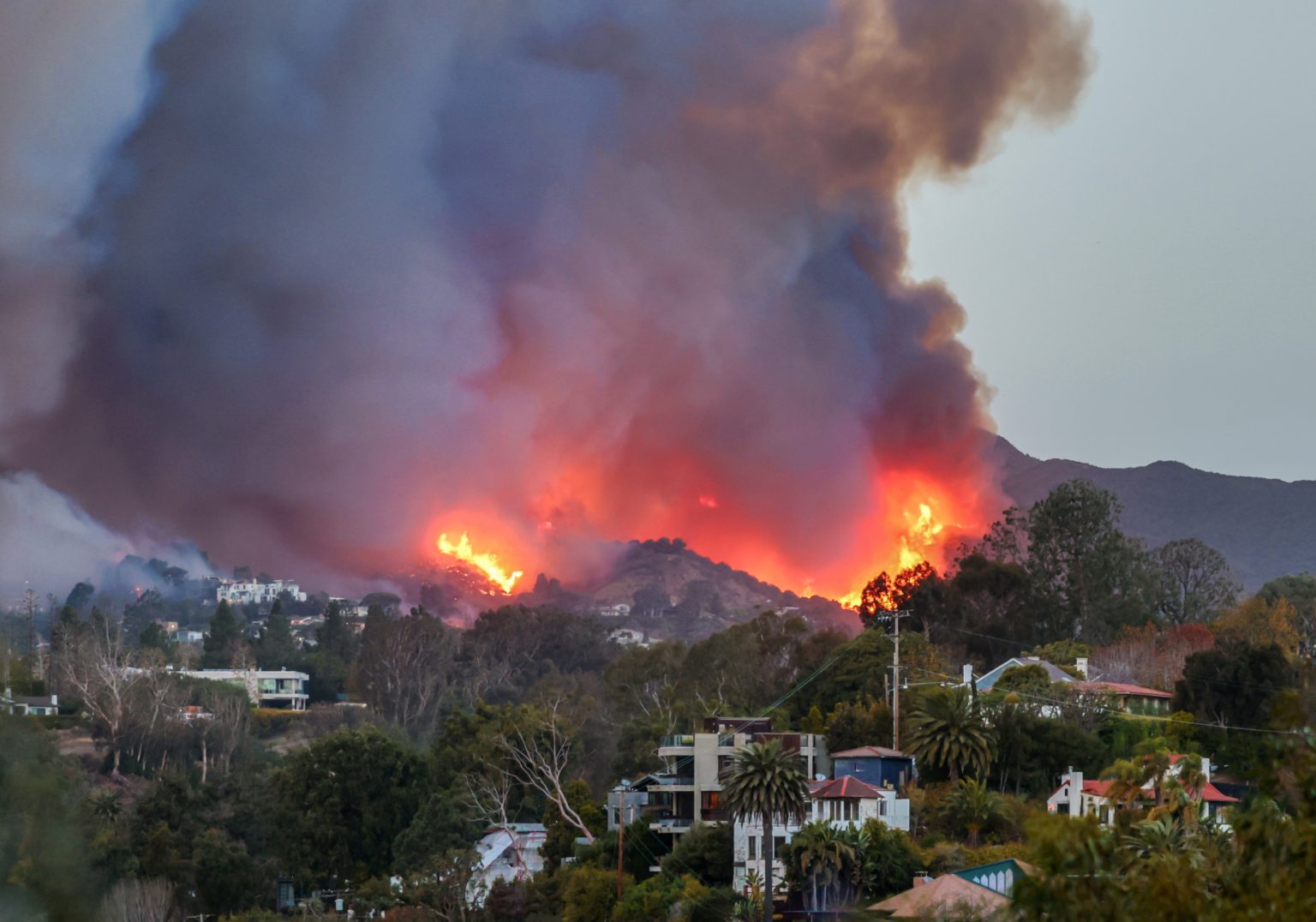Wildfires, a recurring phenomenon particularly in regions like California, pose significant health risks due to the pervasive smoke they generate. This smoke is not merely a visual nuisance; it carries a complex mixture of particulate matter, including microscopic particles known as PM2.5, which are particularly hazardous. These minuscule particles, less than 0.0001 inch in diameter, can penetrate deep into the respiratory system, bypassing the body’s natural defenses and reaching the lungs. From there, they can infiltrate the bloodstream, spreading throughout the body and potentially affecting various organs, leading to both immediate and long-term health problems.
The immediate effects of wildfire smoke inhalation are often readily apparent, manifesting as irritation of the eyes, nose, throat, and lungs. Symptoms range from stinging eyes and a runny nose to more severe issues like a scratchy throat, persistent coughing, sneezing, chest tightness, wheezing, irregular heartbeats, and profound fatigue. These immediate reactions underscore the irritant nature of the smoke and the body’s struggle to cope with the influx of harmful particles. These initial symptoms, while uncomfortable, serve as a warning sign of the potential for more severe health complications down the line.
Beyond the immediate discomfort, prolonged or repeated exposure to wildfire smoke, especially PM2.5, can have insidious long-term consequences. Studies have linked wildfire smoke exposure to elevated inflammation levels throughout the body, increasing the risk of developing a range of serious health conditions. These include respiratory ailments like asthma and lung disease, cardiovascular problems such as high blood pressure, neurological disorders like dementia and even cancers like lung and brain cancer. The damage caused by PM2.5 isn’t localized to the respiratory system but can have a systemic impact, contributing to the development of chronic diseases over time.
Certain populations are particularly vulnerable to the adverse effects of wildfire smoke. Individuals with pre-existing respiratory or cardiovascular conditions are at greater risk of experiencing exacerbations of their illnesses. Pregnant women are also a vulnerable group, as exposure to wildfire smoke can potentially affect fetal development. Young children, with their developing respiratory systems, are also more susceptible to the harmful effects of smoke inhalation. These vulnerable populations require extra precautions to minimize their exposure and protect their health.
Given the potential health risks, taking proactive measures to limit exposure to wildfire smoke, particularly PM2.5, is paramount. Regularly monitoring the Air Quality Index (AQI) for your local area is essential, providing crucial information about the current air quality and the associated health risks. Staying informed via the Emergency Alert System can also provide critical warnings and updates about evolving fire conditions and recommended safety measures.
Minimizing exposure often involves restricting outdoor activities during periods of heavy smoke. Staying indoors with doors and windows closed can significantly reduce the infiltration of smoke particles. If venturing outdoors is unavoidable, wearing a well-fitting protective mask, such as an N94, P100, or KN95, is crucial to filter out the harmful particles. These masks must create a tight seal around the nose and mouth to be effective. Additional protective measures include wearing goggles to shield the eyes and long-sleeved clothing to cover exposed skin. Indoors, running heating and air conditioning systems on recirculate mode, using air filters and purifiers, and avoiding activities that generate indoor air pollution, such as vacuuming, frying, smoking, or burning candles, are important steps to maintain healthy indoor air quality. Similarly, when using a vehicle, switching the air conditioning to recirculate mode and keeping windows closed can help minimize smoke exposure. Finally, being prepared for potential evacuation is crucial. Having a plan in place, including knowing evacuation routes and packing essential supplies, can ensure a swift and safe response if evacuation becomes necessary.

